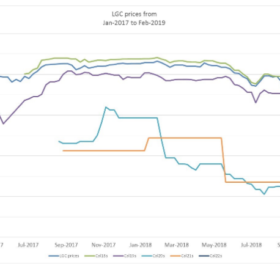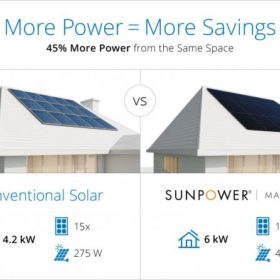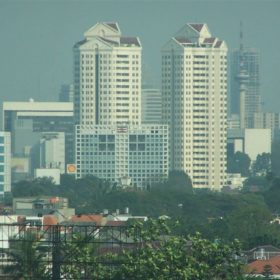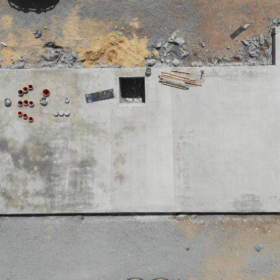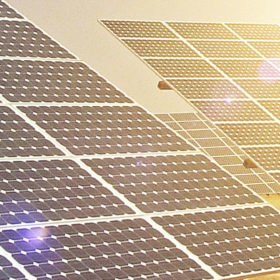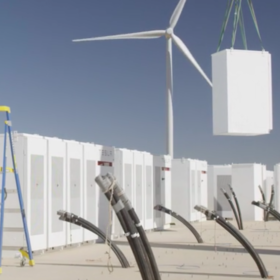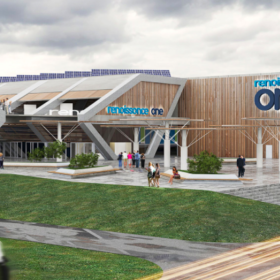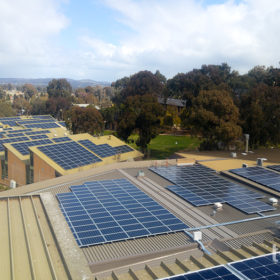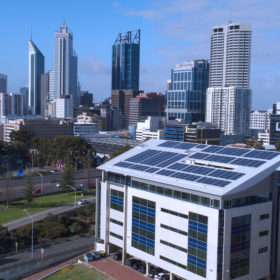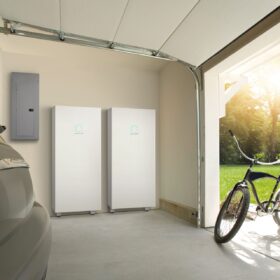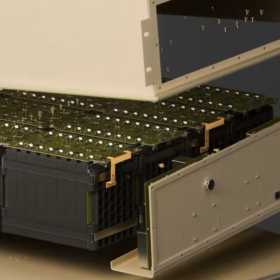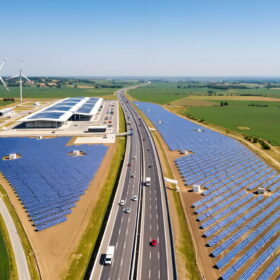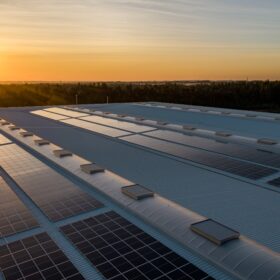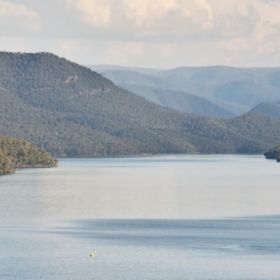LGCs: To surrender or not to surrender, that is the question
17 liable entities have failed to meet more or equal to 10% of their renewable energy target obligations, including major electricity retailers – Alinta, Lumo Energy, Simply Energy and EnergyAustralia. This has pushed the surrender rate to a record shortfall of 13.9% of total liability. Tristan Edis, Director Analysis and Advisory at Green Energy Markets, explains why retailers decide to carry obligations forward, and how the precipitous fall in the LGC value reflects on customer electricity bills and merchant projects.
SunPower launches Maxeon 3 in Australia, U.S. first in line for larger format A-Series
U.S.-based high efficiency module maker SunPower is introducing its new Maxeon 3 module series to the Australian marketplace. At 370W, 390 and 400 W, the modules lead the field for power output. U.S. customers will, however, be the first to see the company’s larger format A-Series modules.
Storage preferred to net metering in Indonesia as new rules prove ineffective
According to solar body the PPLSA, around 300 PV system owners have already gone off-grid as the tariff granted for surplus power under net metering was not attractive enough. Several barriers are preventing net metering taking hold, including an obligation to either use locally made equipment or pay more to re-certify imported modules and inverters.
Risen’s Yarranlea approaches readiness for module installation
Construction on the 121 MW Yarranlea Solar Farm in Queensland is continuing, with tracker installation underway, setting the stage for module installation. The project, which is funded and managed by Risen in-house, is part of the company’s ambitious plan to develop 2 GW of large scale projects in the country.
Snowy 2.0, new Tasmanian connector to deliver fresh opportunities for solar
The federal government’s decision to back the Snowy 2.0 pumped hydro project to the tune of $1.38 billion and the Marinus Link connector to Tasmania with $56 million sets the stage for solar to continue its strong growth in Australia. Analysis shows that additional energy storage capacity makes financial sense in the light of early coal retirements – and create a market for surging daytime solar generation.
Australia shines for Neoen in 2018 results, Hornsdale big battery generates close to $29 million
Australian renewable energy projects have accounted for 53% of French developer and IPP in 2018. Globally, Neoen generated €227.6 million in revenues ($363 million), of which wind was responsible for 48% and solar 44%. Hornsdale’s “excellent performance” is spurring the company to expand its large scale storage portfolio in 2019.
Energy Renaissance selects Cadenza as technology partner, aims to establish 1.3 GWh lithium-ion cell manufacturing in Australia
A bold plan to establish a 1.3 GWh lithium-ion battery cell and module factory in Australia has moved a step closer to reality with prospective manufacturer Energy Renaissance selecting U.S. battery cell developer Cadenza Innovation as technology partner. Energy Renaissance plans to have modules rolling off its first 300 MWh pilot line within one year.
Demand Manager forecasts SRES to add $360 million to bills in 2019, tips “imminent” changes
The economy-wide costs of rooftop PV subsidies came in at $1.2 billion in 2018, according to analysis by energy efficiency and solar financer and STC trader Demand Manger. While forecasting an increase to $1.56 billion in 2019, Demand Manager has foreshadowed “imminent” changes to Small-scale Renewable Energy Scheme (SRES).
Sumitomo’s Infinite acquisition: “first step into distributed energy around the world”
In late January Japan’s Sumitomo Corporation Group took its first step into the distributed generation market, with its acquisition of Perth-based Infinite Energy. Infinite’s founder and CEO Aidan Jenkins says “after being the little guy” the Sumitomo balance sheet will allow the company to compete with the major electricity retailers – if state government in WA gives them the chance.
Interview: How solar, storage and wholesale pricing can deliver a win for households
Wholesale electricity prices on the NEM can peak during heatwaves and when aging coal generators conk out. Amber Electric customers can both profit from but also bear the brunt of price spikes, but when they have solar+storage the upside is significant. Importantly solar homes can provide a valuable service to the grid, says Amber Electric Founder and CEO Chris Thompson.

